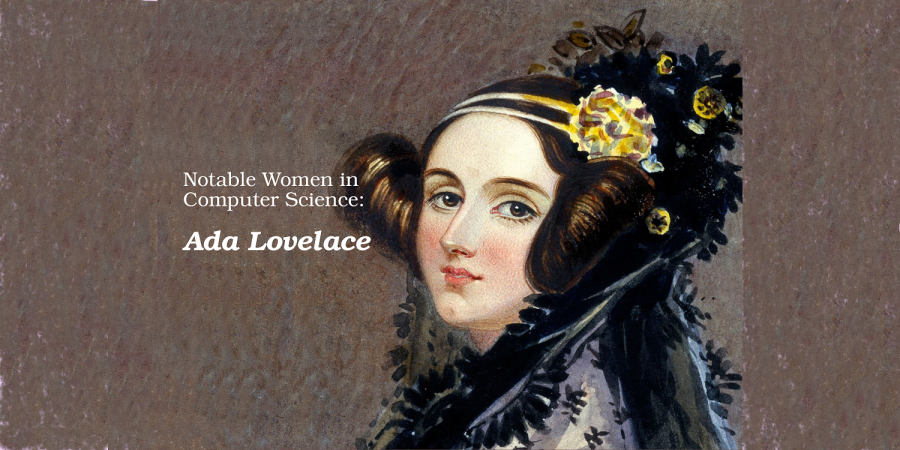Ada Lovelace – The Analytical Engine Pioneer
Many people don’t think too much about how the computers that surround us are very advanced. Just 20 years ago, people couldn’t believe that their entire computer could fit in an enclosure the size of a notepad. Now, computers are significantly smaller and more powerful. The trend is continuing on both the microscopic and atomic level (Powell). This evolution started with the ideas and theories of Ada Lovelace.
Born on December 10th, 1815, Lovelace was privately educated and later self-educated. After that, she was assisted by Augustus de Morgan, a mathematics professor. In 1833, she met Charles Babbage, the inventor of the Analytical Engine, a prototype of a mechanical computer. Most notably, she translated and annotated a paper by an Italian mathematician and engineer, Luigi Federico Menabrea, in which she highlighted the capabilities of such a device that it could be used beyond the scope of arithmetic and possibly abstract thought. The paper she translated and annotated was called “Notions sur la machine analytique de Charles Babbage,” which translates to “Elements of Charles Babbage’s Analytical Machine.” Her annotations described how a computing machine could be used to calculate Bernoulli numbers (Gregerson).
To say that this scientist was “ahead of her time” is an understatement. Ada Lovelace figured out the possibilities of computers and computing about 100 years before digital computers were first used. Her principles have been so solid that even with new programming languages and libraries, programming fundamentally hasn’t changed. Marta Kwiatkowska, a professor of computing systems at the University of Oxford in London credits Ada Lovelace, “with recognizing that programmable calculators can generalize beyond arithmetic computation. This is why she is sometimes referred to as the world’s first computer programmer. The amazing thing is that programming languages have changed over the years” (Percival).
Without Lovelace, we would have not seen computers as more than mere calculators. In fact, like most aspects of our society, the Information Age is driving the evolution and improvement in computers; if we just used them as calculators, technology as we know it would likely not be as advanced as it currently is, and we owe a great deal of the credit to Lovelace. In fact, without her, the Internet might be very primitive or perhaps non-existent (Percival).
Every 17 year-old with an iPhone in their pocket owes a measure of thanks to Lovelace for discovering the possibilities of computers leading to all the neat gadgets we have today. Without her foresight, the first computer scientists constructing the first electronic computation machines would have needed to start from scratch without any previous research.
Sources:
Title: Ada Lovelace
author: Eric Gregerson
publisher: Encyclopedia Britannica
Website Name: Britannica.com
URL: https://www.britannica.com/story/ada-lovelace-the-first-computer-programmer
Access date: 3/10/2021
Title: The Legacy Of Ada Lovelace: The World’s First Coder
Author: Alaina Percival
Website Name: Forbes
Access Date: 3/10/2021
Title: Subatomic Logic
Author: Corey S. Powell
Website Name: Scientific American
URL: https://www.scientificamerican.com/article/subatomic-logic/
Access Date: 3/10/2021
Showcase Graphic Picture:
URL: https://upload.wikimedia.org/wikipedia/commons/c/c0/Ada_Lovelace_Chalon_portrait.jpg














